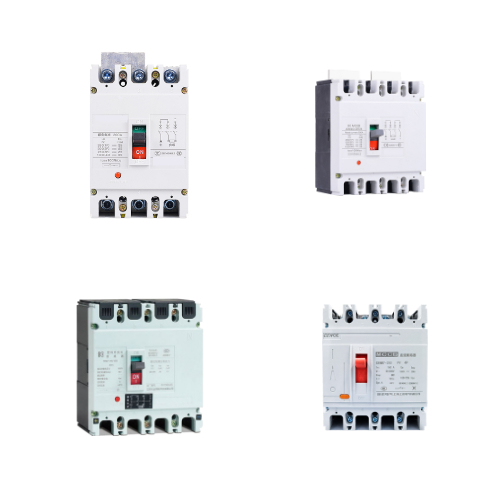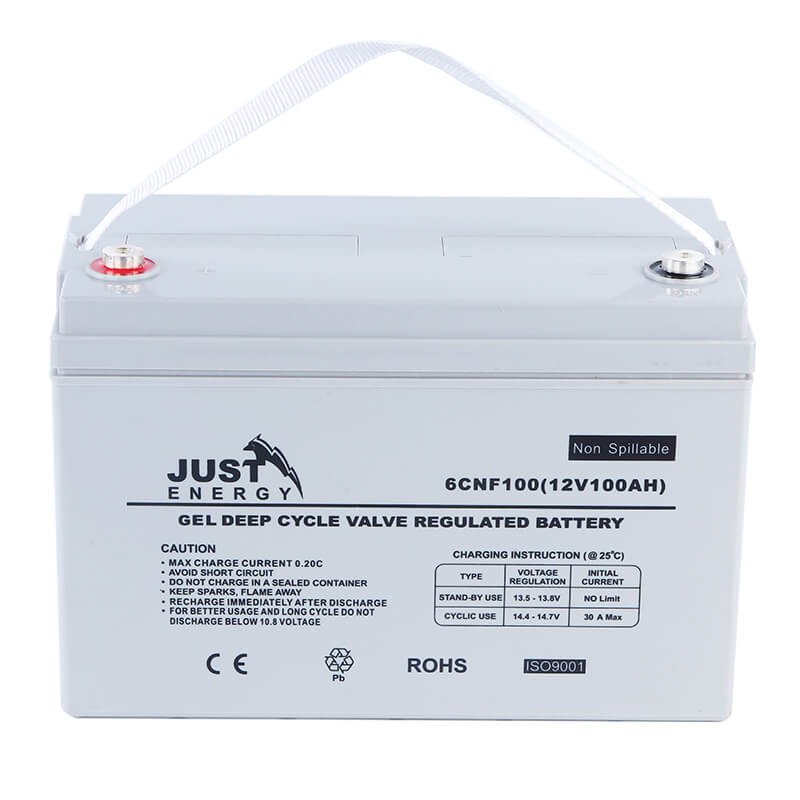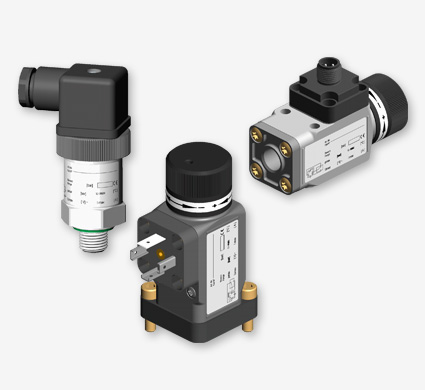What is a PLC controller
A programmable logic controller (PLC) or programmable controller is an industrial computer that has been ruggedized and adapted for the control of manufacturing processes, such as assembly lines, machines, robotic devices, or any activity that requires high reliability, ease of programming, and process fault diagnosis.

How does a programmable logic controller work

For a PLC to work, it needs two inputs.
1 – The data from the machine This inputs are all the data the PLC receives from the various sensors and detectors connected to the machines. These sensors measure physical quantities such as temperature, pressure, flow and machine levels in your plant. The inputs then send electrical signals to the PLC to represent the status of the monitored process.
2 – PLC programming
PLCs need to be programmed by your plant engineers to create sequences of logical instructions to tell the PLC how to react to the various inputs. PLCs can be programmed using a number of specific programming languages, such as Ladder, Structured Text or Structured Sequential Instruction (SSI).
Once the PLC has been programmed, it will be able to react to the various data received.
The PLC will then execute the program configured by the engineer. It will compare the input signals with the programmed conditions to determine the current state of the process. Based on the program, the PLC makes logical decisions to determine the actions to be taken. For example, if a certain condition is met (e.g. temperature exceeds a threshold), the PLC may trigger a specific action (such as turning off a ventilator).
PLCs are also connected to actuators, called outputs. Outputs are devices such as motors, valves, relays, etc., which perform physical actions in response to PLC instructions.
PLCs will therefore operate in what are known as scan cycles, meaning that they will periodically read the status of inputs, run the program to make decisions, and update outputs accordingly. This cycle is repeated continuously to maintain process control and automation.
What are the types of programmable logic controllers
The two major types of PLC
PLCs come in a variety of classifications, but the two most frequently discussed types are the simplest. This is because they are easily found in online sources and are easier to understand compared to more complex PLCs.
- Fixed (Integrated or Compact) PLC
- Modular PLC
1. Fixed/Integrated/Compact PLC
This type of PLC is most commonly called the Fixed I/O PLC.
“Fixed I/O” actually stands for Fixed “Input/Output”. When you buy Compact PLCs, you will notice that the input section and the output sections of the PLC are integrated into the micro-controller itself.
This means that every type of output or input is fixed and is determined by the manufacturer.
Furthermore, the number of inputs and outputs may not be expanded in this type of PLC.

2. Modular PLC
The modular PLC is a type that allows multiple expansions of the PLC system through the use of modules, hence the term “modular”.
Modules give the programmable logic controller additional features like increased number of I/O units, and they are usually easier to use because each component is independent of each other.
The power supply, communications module, Input/Output module are all separate to the actual microcontroller so you have to manually connect them to each other to create your PLC control system.
A type of modular PLC is the rack-mounted or rack mount PLC. In a rack mount PLC, the communications module of the PLC resides in the rack itself, so all connections are centralized.

Advantages and disadvantages of programmable logic controller
Advantages
Flexibility: A PLC’s ability to execute diverse tasks through customizable programming makes it a highly adaptable solution. Reprogramming is straightforward, enabling rapid adjustments to changing operational requirements or the integration of new processes without significant downtime.
Ease of Programming and Operation: PLCs utilize intuitive programming languages such as ladder logic or function block diagrams, often supported by user-friendly software interfaces. This simplifies configuration, troubleshooting, and maintenance, even for operators with moderate technical expertise.
Safety Integration: PLCs can be programmed to incorporate robust safety protocols. For instance, they can monitor critical parameters and trigger protective actions, such as emergency shutdowns during overheating or equipment malfunctions, reducing risks to personnel and machinery.
Disadvantages
Programming Complexity: Despite user-friendly interfaces, PLC programming requires specialized knowledge. For complex systems, creating or modifying programs may demand experienced personnel, which could necessitate additional training or hiring skilled professionals.
Limited Computational Capability: Unlike Distributed Control Systems (DCS) or advanced automation controllers, PLCs are constrained by their processing power, limiting their capacity to handle intricate computations, multitasking, or high volumes of real-time data.
Restricted Scalability: PLCs are optimized for predefined tasks and processes. Expanding or repurposing existing systems to accommodate new functionalities may involve hardware replacements or extensive reconfiguration, reducing scalability.
What does a programmable logic controller do
key Functions of a PLC:
Input Monitoring: PLCs receive data from various input devices, such as sensors, switches, and encoders, which provide real-time information about the state of the system or process (e.g., temperature, pressure, or position).
Logic Execution: Using a pre-programmed logic sequence, the PLC processes input data to make decisions. These decisions are based on logical conditions (e.g., if/then scenarios) defined in the programming.
Output Control: After processing the inputs, the PLC sends commands to output devices such as motors, valves, actuators, and alarms. This allows it to control machinery and processes effectively.
Continuous Monitoring and Adjustment: PLCs operate in real-time, continuously monitoring inputs and adjusting outputs to maintain optimal performance or respond to changes in the system.
Communication and Integration: Modern PLCs can communicate with other systems, such as Human-Machine Interfaces (HMIs), Supervisory Control and Data Acquisition (SCADA) systems, or Distributed Control Systems (DCS). This enables seamless integration into complex industrial automation networks.
What are programmable logic controllers used for
Programmable Logic Controllers (PLCs) are widely used in industrial and commercial applications to automate, monitor, and control machinery and processes. Key uses include:
Manufacturing: Automating assembly lines, robotic operations, and material handling systems.

Process Control: Regulating temperature, pressure, and flow in industries like oil, gas, and chemicals.
Infrastructure: Managing water treatment plants, power distribution, and traffic systems.
Building Automation: Controlling HVAC systems, elevators, and lighting.

PLCs provide reliable, efficient, and adaptable solutions for automating complex systems in diverse environments.






